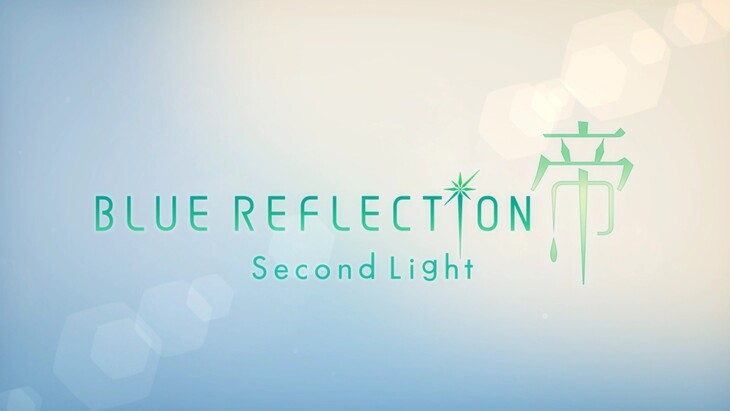
Koei Tecmo announced in March 2021 multiple media forms for the Blue Reflection IP; later leading to Blue Reflection: Second Light. Sequels and an anime adaptation were announced, and subsequently released to middling reviews. A direct sequel to the original Blue Reflection games, Second Light casts you as a new character, Ao Hoshizaki.
Characters with no memories of the real world have come together to find the truth of where they are. Through fighting monsters, gathering materials, and making stronger friendships; Blue Reflection: Second Light is a story first, game second. It’s a great chill experience, with some elements of action at moments.
Blue Reflection: Second Light
Developer: Gust
Publisher: Koei Tecmo Games
Platforms: Windows PC, Nintendo Switch, PlayStation 4
Release Date: November 9, 2021
Players: 1
Price: $59.99 USD
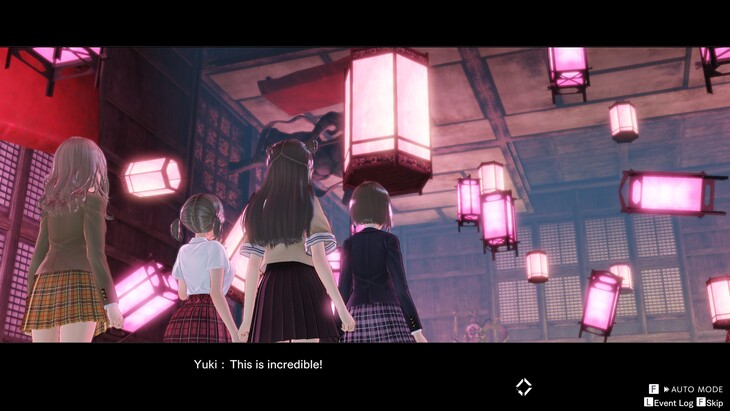
Opening, the game presents you Hoshizaki and her recovering her dropped phone. Picking it up sends her to a new and strange world, but still retains some of her memories. Hoshizaki then befriends a group of girls in a similar situation, who are also talented with special powers.
Surviving in this new world, Hoshizaki, Kokoro, and Rena set out to the Faraway to gather supplies to make meals for their every day. Upon entering the new world, you find that you are a Reflector, which grants incredible power. Traversing through the mysterious world, you seek answers, and find a way to return back to your original world.
Through more events and progression, you then start encounter more girls appearing in the empty school. The Faraway is full of powerful monsters that threaten the living situation of the girls, and only by defeating them can they gather materials, albeit only slightly. Story themes about friendship and protecting what’s important is very central to the plot.
Additionally, the story can be heartwarming with moments of relief and happiness; which were great breaks from some of the more somber tones. It feels like an anime version of Stand By Me, which I enjoyed. The journey, it’s characters, and the bonds strengthened made for a decent story.
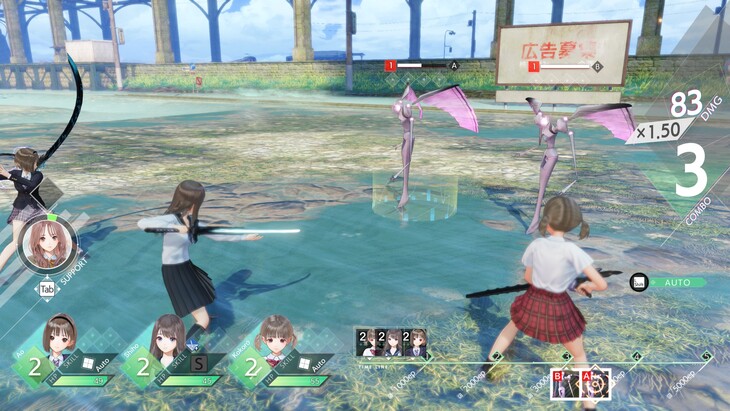
Alongside the story, there are combat segments which bring with it the JRPG elements most are familiar with. The implementations of fragments, dates, and even crafting, all show up to give a little more content. Fighting monsters is still turned-based, but is on a timeline that uses Ether Points for different abilities and skills.
Points built can use abilities that are elemental, preserve your combo chain, and provide support to party members. Strategy can be nicely set up in battle, and make for some fun moments when clearing enemies efficiently; but can be somewhat stressful. Aspects of battle can be a little hard to understand at first, but can used in auto or manual actions.
Fragments, used to hold accessories to give special buffs and stats, can be acquired through completing Dates and Requests. Dates are small story segments that allow you to take your partner to various locations around the school. Typically, going on dates allows for a closer connection to other characters.
Requests are special gather or crafting quests that can also gain you Talent Points. Talent Points, or TP, can be used to upgrade an aspect of a character, giving boosts to other characters, or learning a new ability for a specific character. A few more intricate details to combat and leveling allow this game to be interesting and playable at a slower pace than one may be used to.
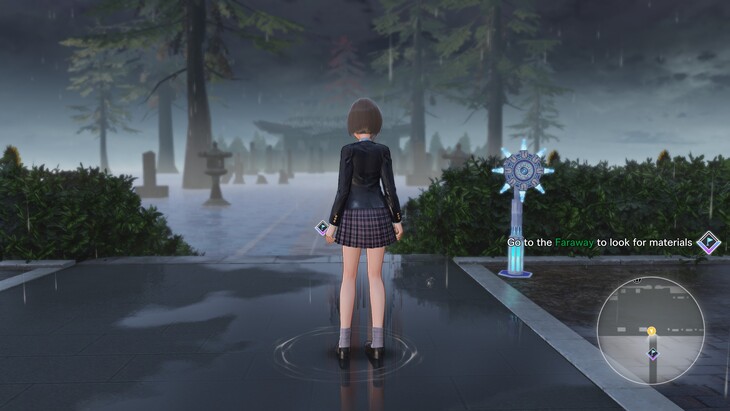
Presentation is a large factor in this game, but the graphics will offer different results depending on which console you play. I’ve played this game on the Nintendo Switch and PC at 1440p, and the difference is obviously night and day. The Switch targets 60fps, which it does hit in exactly one occasion in-game, the water ripple effect at the start of battle.
Most of the game on Switch runs at 30fps and below, even for a game with not much happening. Graphics wise, Blue Reflection isn’t technically demanding due to art style, but has a weird faux HDR effect it tries to implement. Structures and ground elements like leaves are flat textures maps, with nothing detailed to an extent.
Water reflections are normal affair surprisingly, and most importantly there is a wet clothes mechanic built in when you’re standing in the rain. Subtle touches such as that make it feel a little more realistic in some regard, but when paired with other graphics it falls flat. It is a struggle to find good things about this game graphically, but it can be simple enough.
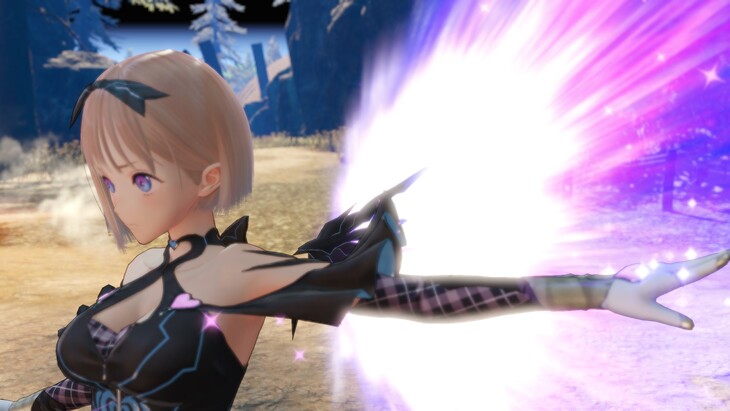
Unsurprisingly, the soundtrack is mostly piano songs with some more intense music for battles. For the most part, the music is very calm and doesn’t try to do more than it should. One piece I actually enjoyed was the end battle screen; which gives the sense of accomplishment no matter how big or small the challenge.
Little things like your phone using FreeSpace, rain, and even monsters all are high quality sounding and clear. It was surprising to hear how well everything sounded in an otherwise empty world. Matching sounds with something like running and walking is normal but sound stock, so no complaints.
Overall, music is praise worthy standalone, while sounds trail just a little behind. Compared to other games of this nature, it certainly can stand by itself and has it’s own identity. Very little in the way of audio being bad, just minor pet peeves.
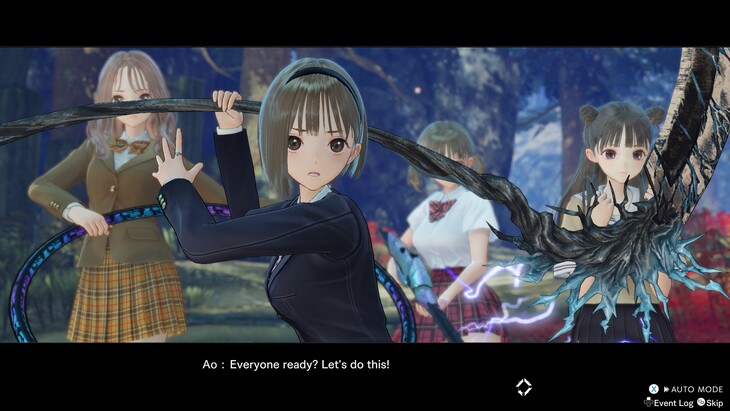
From initial impressions, I admittedly didn’t have much faith in this game, and how the premise would grab me. However I did find that the more time I spent, and the more I explored it, was more than I thought. Blue Reflection: Second Light is rough around the edges in the graphics department, but makes up with everything else for a trade-off.
Pricing could be a bit lower instead of being the industry standard of $59.99 USD. The content doesn’t align with that in this case, and is something I wish was a bit more attractive to new players. Besides that, Blue Reflection: Second Light has a good portion of content, and is something that can be a good addition to anyone’s JRPG collection.